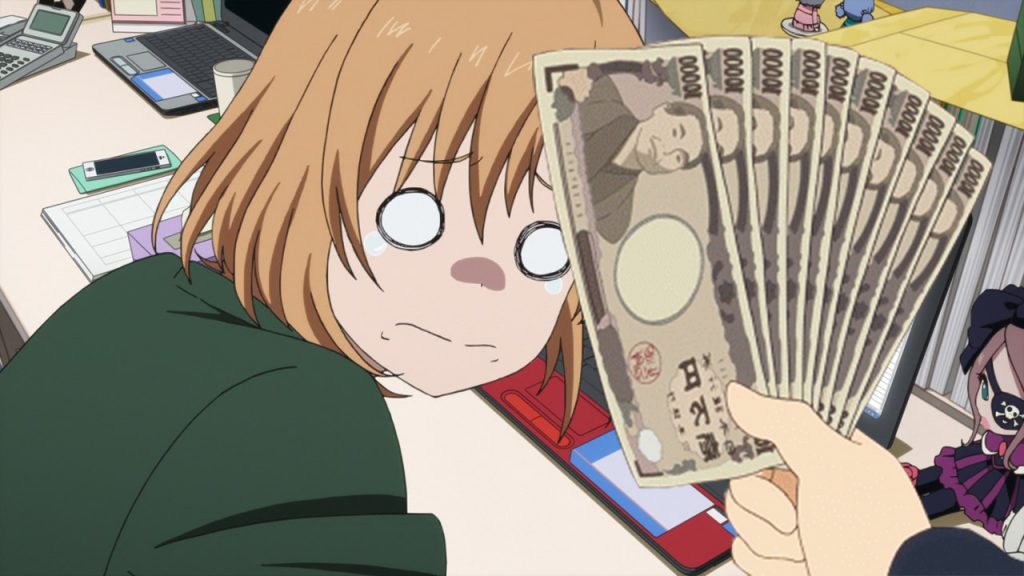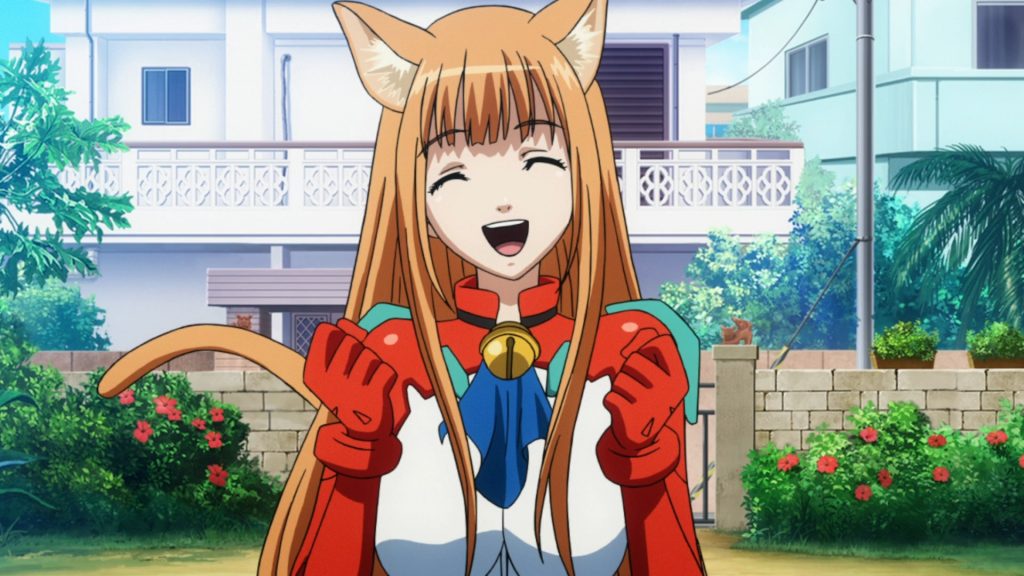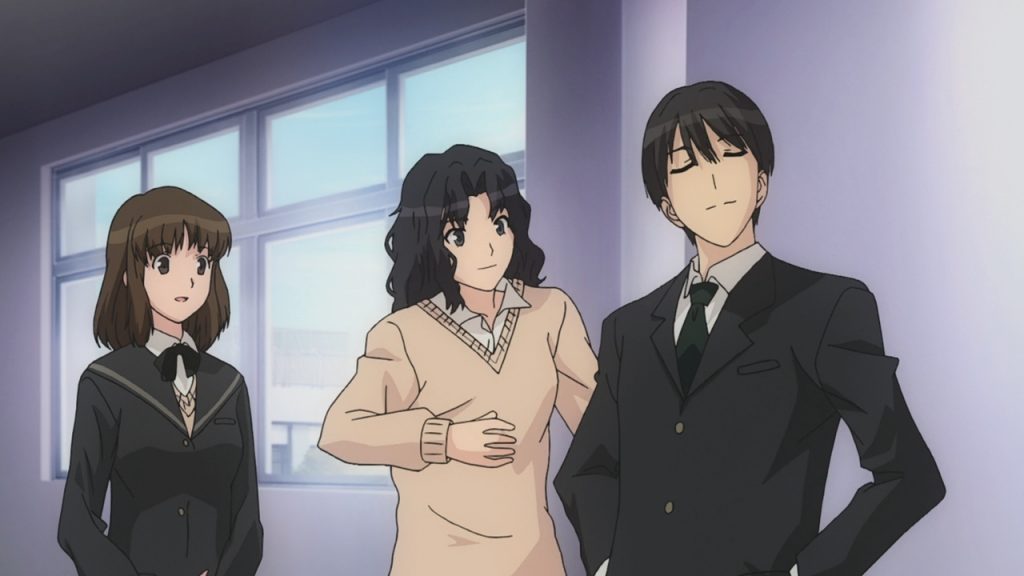Weeb-onomics: What is “Success” For Anime?
How can we tell if an anime is doing well? It’s a more complex question that it sounds. Anime usually has multiple revenue streams, and none of those revenue streams are accurately reported. A given anime might make money from the TV broadcast, DVD/BD sales, and merchandise, not to mention international licensing.
Weeb-onomics: What is “Success” For Anime? Read More »







